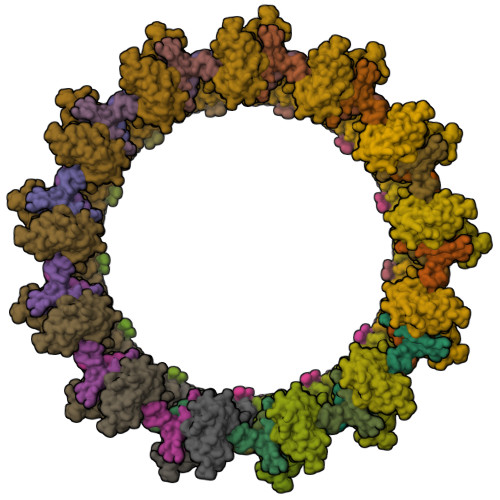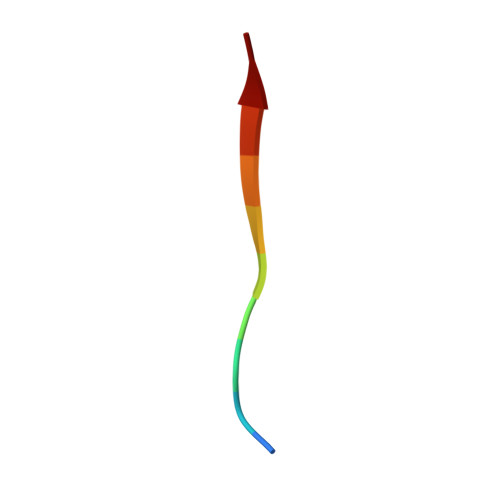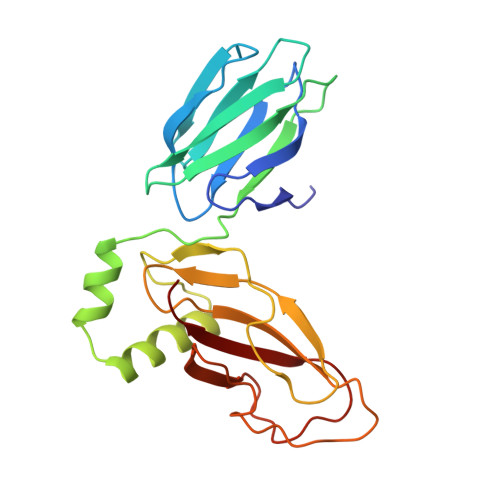Architecture of the outer-membrane core complex from a conjugative type IV secretion system.
Amin, H., Ilangovan, A., Costa, T.R.D.(2021) Nat Commun 12: 6834-6834
- PubMed: 34824240
- DOI: https://doi.org/10.1038/s41467-021-27178-8
- Primary Citation of Related Structures:
7OKN, 7OKO - PubMed Abstract:
Conjugation is one of the most important processes that bacteria utilize to spread antibiotic resistance genes among bacterial populations. Interbacterial DNA transfer requires a large double membrane-spanning nanomachine called the type 4 secretion system (T4SS) made up of the inner-membrane complex (IMC), the outer-membrane core complex (OMCC) and the conjugative pilus. The iconic F plasmid-encoded T4SS has been central in understanding conjugation for several decades, however atomic details of its structure are not known. Here, we report the structure of a complete conjugative OMCC encoded by the pED208 plasmid from E. coli, solved by cryo-electron microscopy at 3.3 Å resolution. This 2.1 MDa complex has a unique arrangement with two radial concentric rings, each having a different symmetry eventually contributing to remarkable differences in protein stoichiometry and flexibility in comparison to other OMCCs. Our structure suggests that F-OMCC is a highly dynamic complex, with implications for pilus extension and retraction during conjugation.
Organizational Affiliation:
MRC Centre for Molecular Bacteriology and Infection, Department of Life Sciences, Imperial College, London, SW7 2AZ, UK.




















